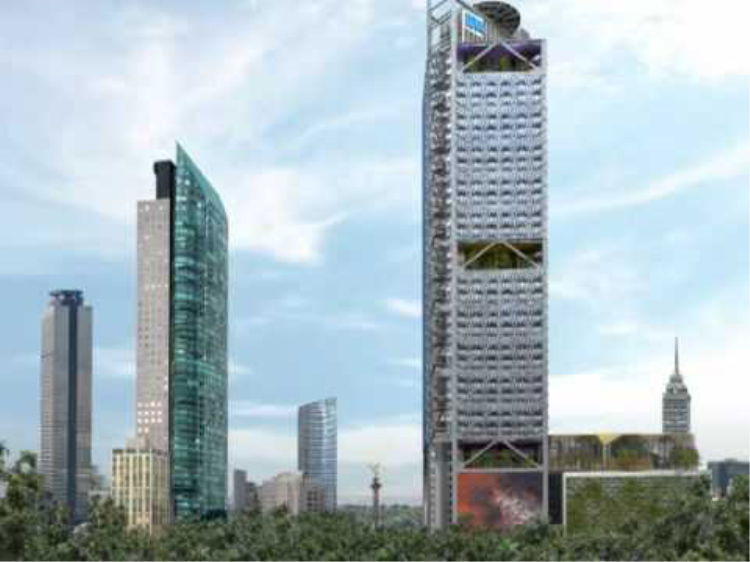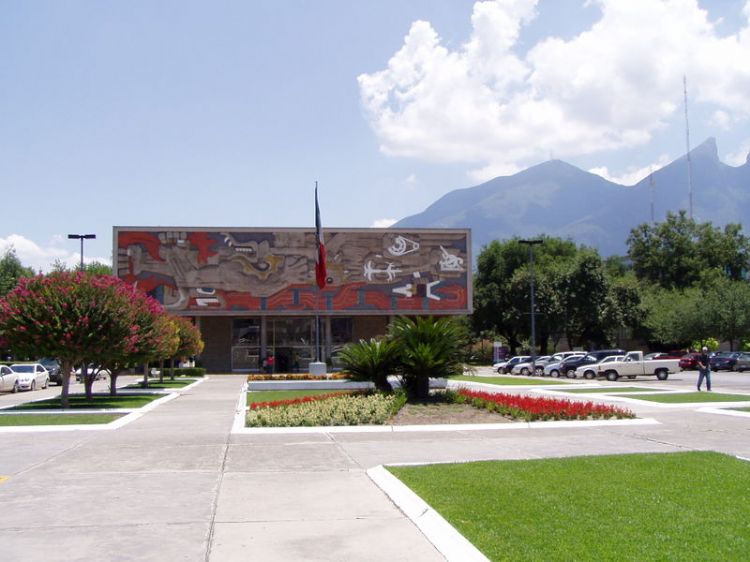Mexico City Main Square (Zócalo Capitalino)
.jpg)
Mexico Cityâs Zocalo (City Square) has an historic content that evokes prehispanic cultures and the arrival of the Spanish world. Even before it was planned as a center for the New Spainâs economic and public activity, it was the most important ceremonial center for the Mexica culture, as evidenced by the Templo Mayor and the artifacts still being found during the XXI century within the civil and commercial constructions surrounding the City Square.
The Zocalo is a great surface framed on all sides by great buildings of religious architecture and the central power of New Spain. On the east is the National Palace, constructed as a venue for public administration activities during the Viceroyalty. On the north, it borders with the Metropolitan Cathedral which joins baroque and neoclassic styles within a structure of five naves. On the south is the office of Mexico Cityâs Government and its annexed building.
On the west, the Zocalo is delimited by three hotels of considerable importance for the capitalâs life: Mexico City Hotel, Majestic Hotel and Gran Hotel, in addition to the shops of the jewelry center.
From the Zocalo you can reach Palacio Nacional and go on Corregidora Street for accessing Correo Mayor, one of the most important streets for traditional commerce, particularly clothing and textiles. You can return to Moneda Street and find the most important and traditional bookstores, which settled in the Historic Center during the XIX century and are an immediate point of reference for bibliophiles, or continue to Justo Sierra Street and visit Colegio de San Ildefonso, which used to be the building of Escuela Preparatoria.
On the north side, leaving the Metropolitan Cathedral behind, you can access Monte de Piedad Street into the great colonial building that has for years been at the service of pawnbrokers and during the vacation season receives thousands of people who pawn from low cost clothing to possessions of great value. Continuing on Monte de Piedad Street is Plaza de Santo Domingo, with an emotional worth for Mexicans dating from the XIX century and up to a few decades ago, because this is where love letters were transcribed by scribes who embedded their experience and personal mark, which their clients and addressees enjoyed.
Right in front of Plaza de Santo Domingo, on the corner of Donceles and Republica de Brasil Streets, are the offices of the Public Education Ministry, another of the buildings with greatest historic and cultural wealth, because this is where the countryâs first education projects were designed, while in its halls great muralists of the first half of the 20th century expressed their art.
Between 15 de Septiembre and Madero Streets are another two commercial sites such asthe jewelry center, visited daily by hundreds of persons in search of jewelry made of metals predominantly extracted from Mexican gold and silver mines.
The commercial life surrounding Plaza de la Constitución is the ideal place for shopping, complemented by great historic sites, architectural monuments, museums and old schools.
At six oâclock in the morning the national flag is raised by the military men from Palacio Nacional and lowered at six oâclock in the afternoon.
Plaza de la Constitución gathers, every 15th of September at night, thousands of Mexicans who commemorate the beginning of the countryâs independence movement in 1810, and also the shout of Mexicoâs President programmed at 23:00, reminiscent of the call made by Don Miguel Hidalgo y Costilla, who gathered Mexicans on that night to fight for independence from Spanish domain.
Artículo Producido por el Equipo Editorial Explorando México.
Copyright Explorando México, Todos los derechos reservados.

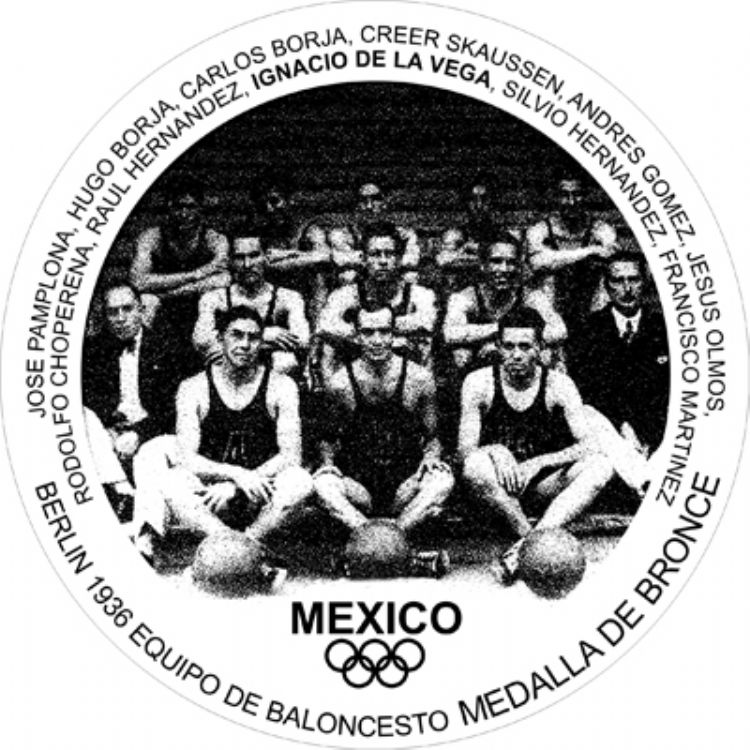
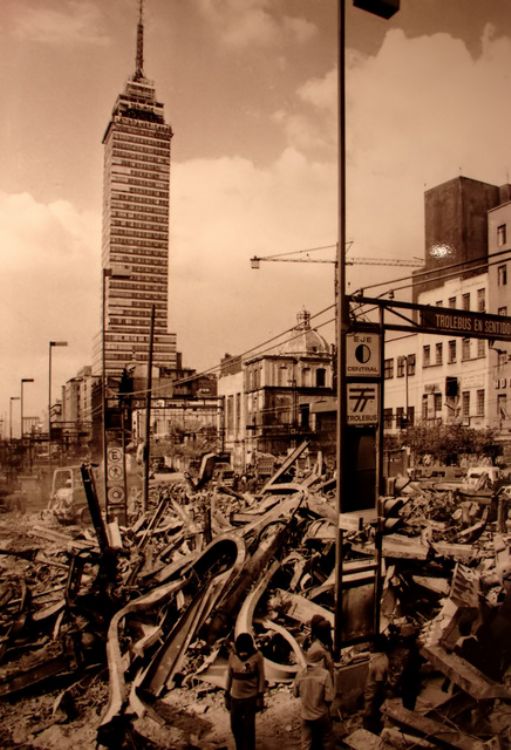
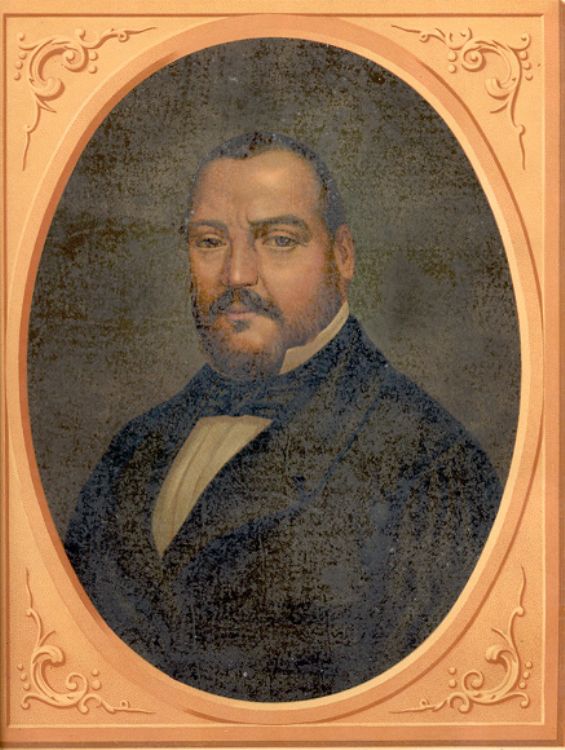
.jpg
)
